
It’s a wonderful feeling to know your money is helping someone in need. But what if, in some cases, it isn’t? What if that same donation is fueling dependency or even corruption? Let’s look at how even the purest intentions can go sideways, and you will pick up some lessons on what you can do to make sure your giving makes a real difference.
When Supporting Ineffective Programs
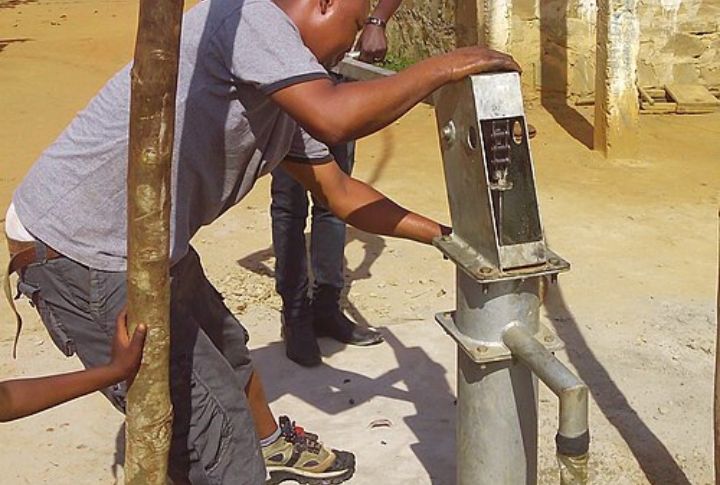
Not every creative solution works once it hits the field. PlayPumps, once hailed as genius, became a cautionary tale in development work—proof that flashy concepts often overlook practicality. Supporting programs without measurable results or community input keeps the aid cycle inefficient and unsustainable.
When Funding Fraudulent Organizations
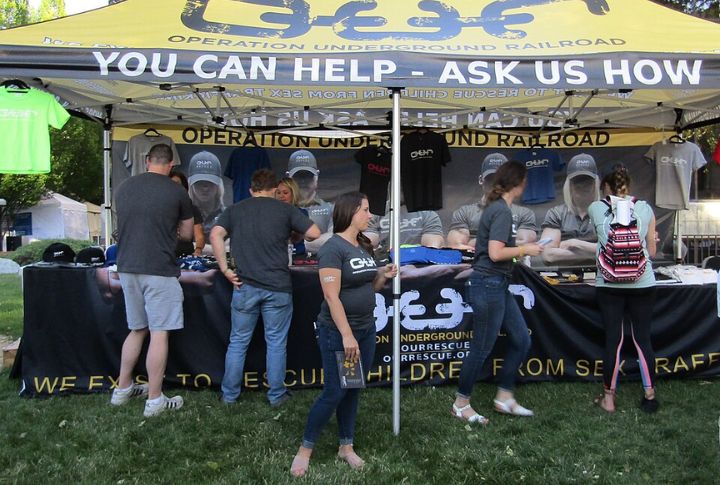
The pattern is clear: emotional storytelling sometimes overshadows accountability. Both Operation Underground Railroad and the American Red Cross drew massive support through moving campaigns, yet their impact remains disputed. Without independent oversight, even trusted names can turn charity into controversy instead of meaningful change.
When Donating Unsolicited Goods
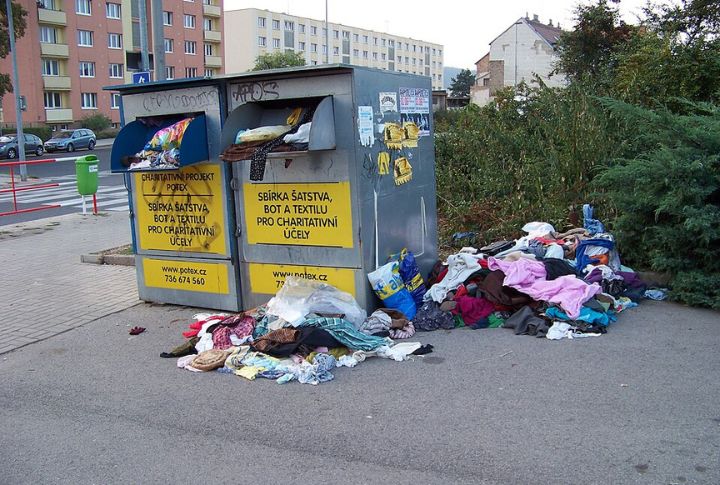
You drop off a box of donations, thinking you’re helping, right? Wrong. Without documentation, your random items create chaos. Charities waste valuable storage space and staff hours sorting through unsuitable goods. So, instead of focusing on their mission, they’re stuck managing disposal, which makes your generosity a burden to them.
When Ignoring Cultural Context
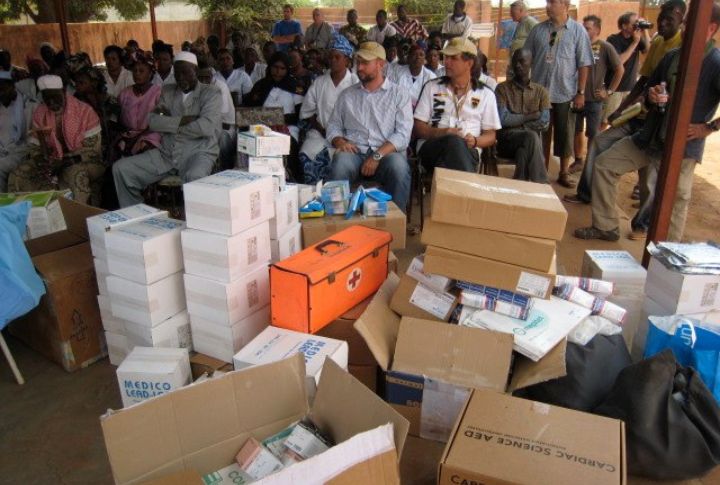
Here’s how good intentions go wrong: medical donations arrive without considering cultural context. Maybe the instructions are in the wrong language, or critical parts are missing. Nobody locally knows how to maintain the equipment. This shows that when donations don’t match what communities actually need or respect their customs, trust evaporates fast.
When Creating Dependency
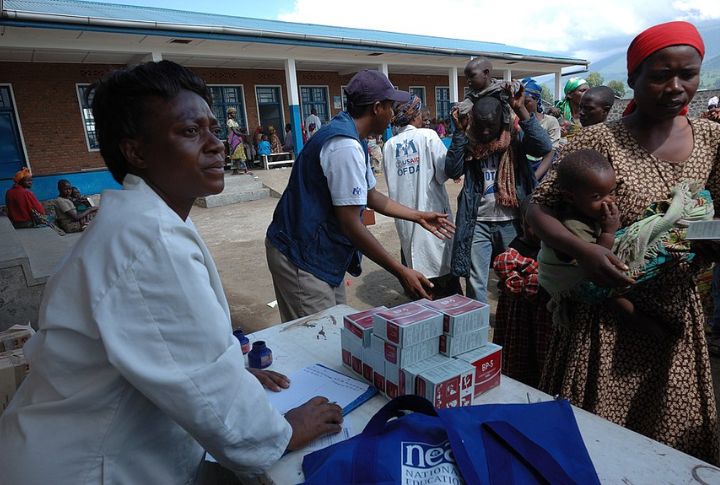
Charitable aid delivers immediate relief that communities desperately need. However, this external support frequently replaces homegrown solutions, and that replacement creates a troubling shift. What happens is that local expertise and government structures gradually weaken as dependency takes root, which makes what began as generous assistance transform into a cycle that traps communities in perpetual reliance on foreign aid.
When Undermining Local Economies
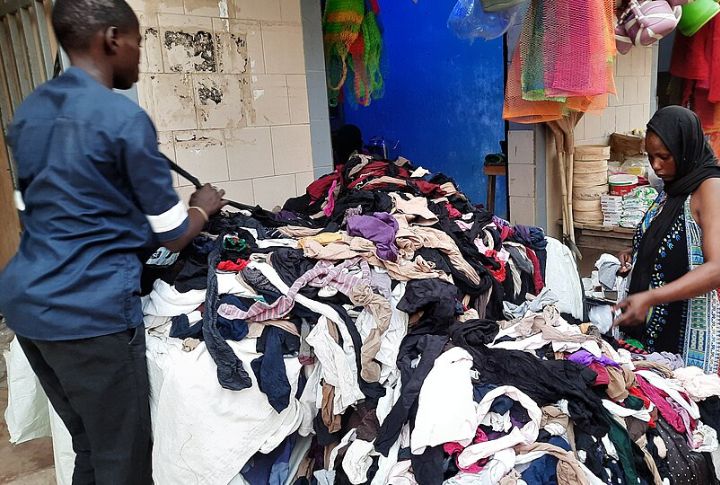
Communities receiving donated goods face an economic paradox that outsiders rarely understand. Local businesses can’t survive when free goods flood the market, forcing closures that seem inevitable. These failures cascade through supply chains, affecting manufacturers and distributors alike, ultimately destroying the economic self-sufficiency that would have enabled communities to prosper without external aid.
When Overlooking Sustainability

At first, it feels like hope. Villagers gather around new wells and tractors, proud and grateful. Then months pass, parts break, and no one knows how to fix them. The fields dry again. What began as progress slowly turns into another reminder that borrowed solutions rarely last.
When Donating At The Wrong Time

You know that feeling when you want to help at just the right moment? Here’s the thing: most of us get the timing completely wrong. We flood organizations with donations when disasters hit the news, and disappear when the cameras leave. This creates a predictable problem—charities scramble with too much during media frenzies, then struggle with nothing when the real work begins.
When Supporting Misaligned Values
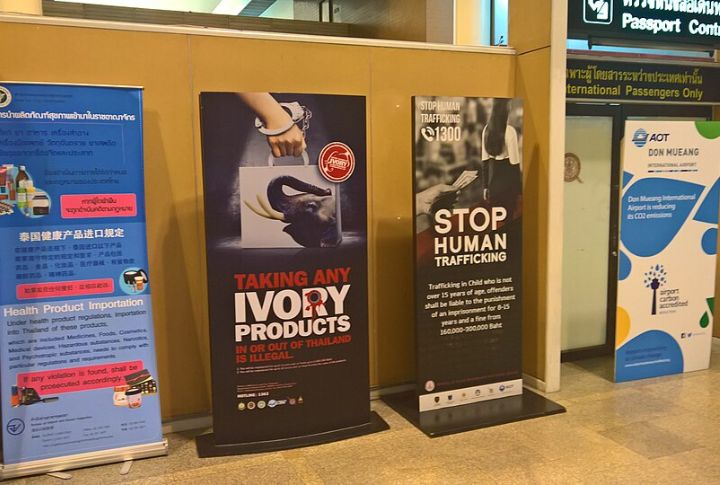
Let’s talk about that annoyingly catchy “1-877-Kars4Kids” tune you can’t forget. The earworm masks a reality that should matter to donors like you. While ads broadly paint pictures of helping children, the actual mission operates much differently. Most contributions end up funding religious education for specific Jewish youth communities—details that the organization doesn’t exactly advertise when collecting your vehicle donation.
When Assuming All Charities Are Equal

Not all charities are created equal, yet donors act like they are. This misconception keeps poor-performing organizations afloat. What’s shocking is that leading charities produce 100 times more impact than their average counterparts. But donors overlook these differences, preferring to judge charities solely by their headcount ratios.
